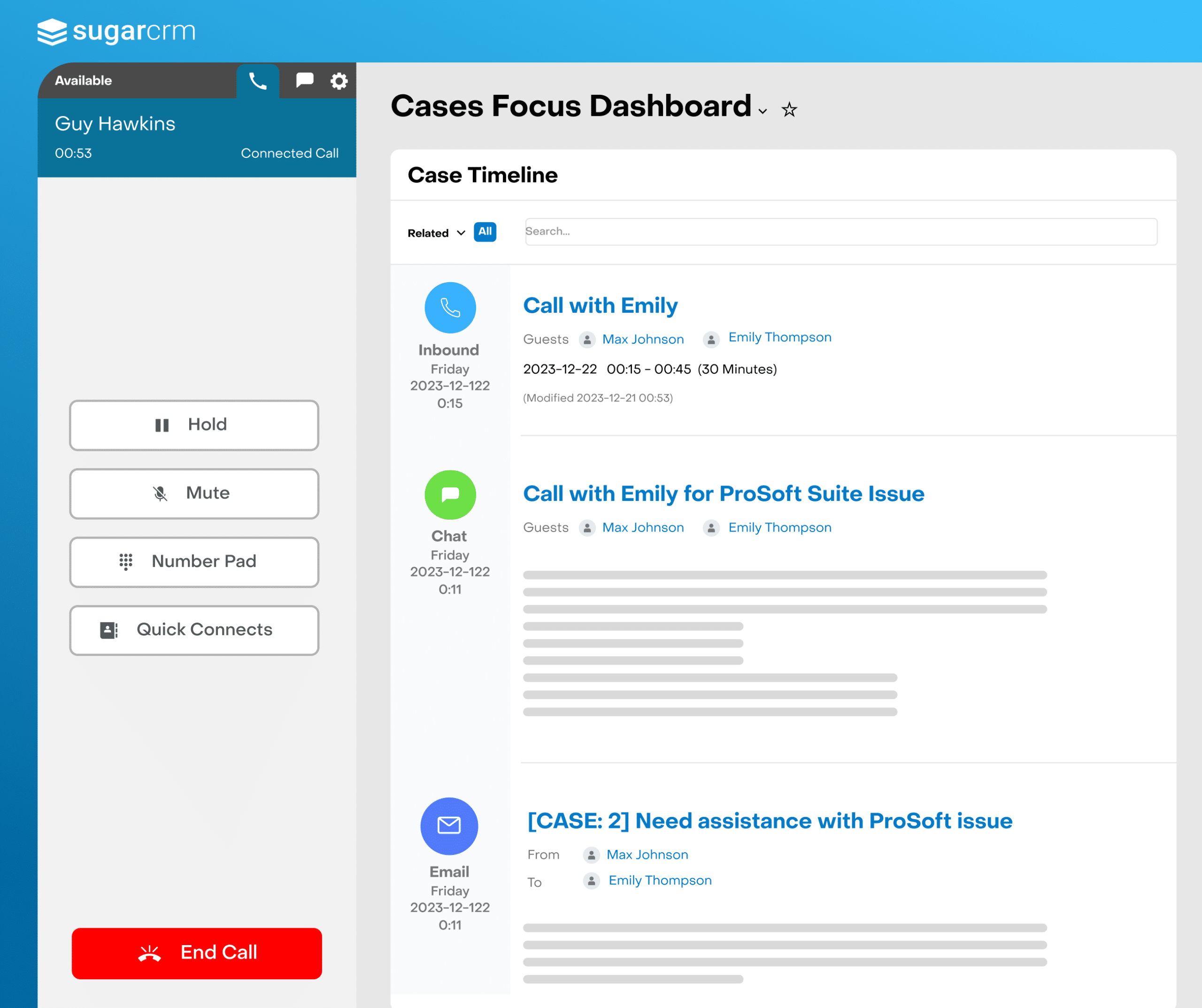A worldwide reference for both label designers and printers, Arconvert is the leading manufacturer of self-adhesive materials, papers and films designed specifically for labelling. With a turnover of more than €800 million and 1,570 employees, its business model has evolved to address two target markets: direct consumers (B2B) and indirect consumers (B2B2B). The increasing number of customers triggered a need for change in order to coordinate and streamline business processes, as well as regain a ‘presence’ in customer interactions.
A new UX model that applies the B2C experience to the B2B environment Arconvert’s B2B business model has changed over the past few years. Agents who are involved in commercial transactions between manufacturers and distributors, as well as the interactions they have with retailers, seek to maintain the same flexible relationship they already have with their own customers. In order to harmonise marketing and sales actions in a constantly growing business, and adapt its model to meet customer and consumer demands, the digital transformation required the streamlining of new processes. This included applying B2C expertise to the B2B environment.
The Challenge of Digital Transformation
Digital transformation implied the standardisation of commercial processes and the centralisation of databases. This would create stronger coordination of marketing and sales actions, and achieve B2C and B2B integration into a single experience.
Disparate Offline Processes
The customer service team frequently faced difficulties in aligning case management at the regional level. As a result, it was becoming increasingly difficult to plan, process and manage customer accounts.
Disparate Data and Systems
The variety of Enterprise Resource Planning (ERP) systems available offered each customer a different experience worldwide. Although they were designed to increase productivity, the presence of so many ERPs resulted in the opposite effect.
ERPs offline-environment-oriented marketing approach offered specific digital projects that were disconnected from the commercial network. Business processes were often inefficient and manually operated. There was no marketing engine to generate demand, nor tools to create revenue.
Wings to Fly
Arconvert selected SugarCRM to automate their marketing processes through Sugar Market, and to group customer data in Sugar Sell. Arconvert’s main objective is to substantially improve relationships with their customers.
The implementation of SugarCRM made it possible to transition into a fully digital business cycle. With the introduction of a pricing tool, while also optimizing logistics, agents are now able to quote as quickly as possible through a single process across all regions. With each quote, the CRM creates and sends an Arconvert-branded PDF. This logistic optimisation is completed by the standardisation of processes and the centralisation of data. It is a complete automation that offers a single vision of the client.
The new CRM allows agents to access information on the spot about the product that is to be quoted. As agents coordinate with their superiors, they can ensure that customers are automatically approved for discounts. This process is synchronised at all times with updates for the customer service team, improving the business cycle.
A Change in the Way Work is Done
The CRM transformation has made it possible to complete the business cycle from beginning to end, as it integrates each stage of the sales process on a single platform. The commitment of the executive team, along with the motivation and training of employees, were important to the transformation process. As former Arconvert Marketing Director Fernando Girón explains, “The digital transformation is a change for the sales team, who are used to using other processes. This requires continuous monitoring to prevent teams from being disconnected and to ensure that the transition to the digital solution provides the desired result.”
Thanks to the transformation, a more complete understanding of the customer experience has been gained, and business processes have been redesigned to align with their needs. Identifying key processes enabled an improvement of business agility and impact. The upcoming stages of the digital transformation journey aim to improve the processes of automation, segmentation, opportunity management and lead nurturing.

